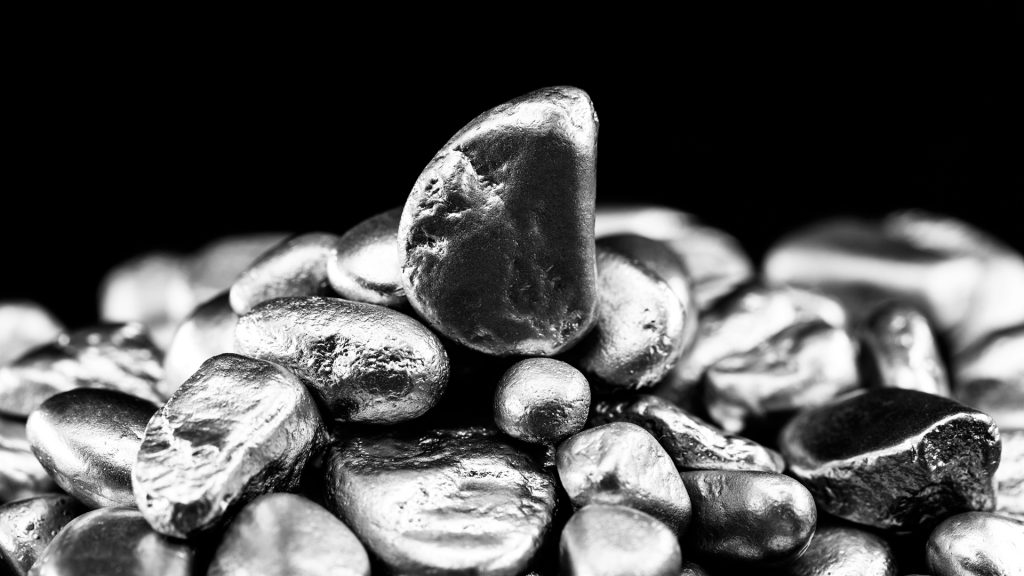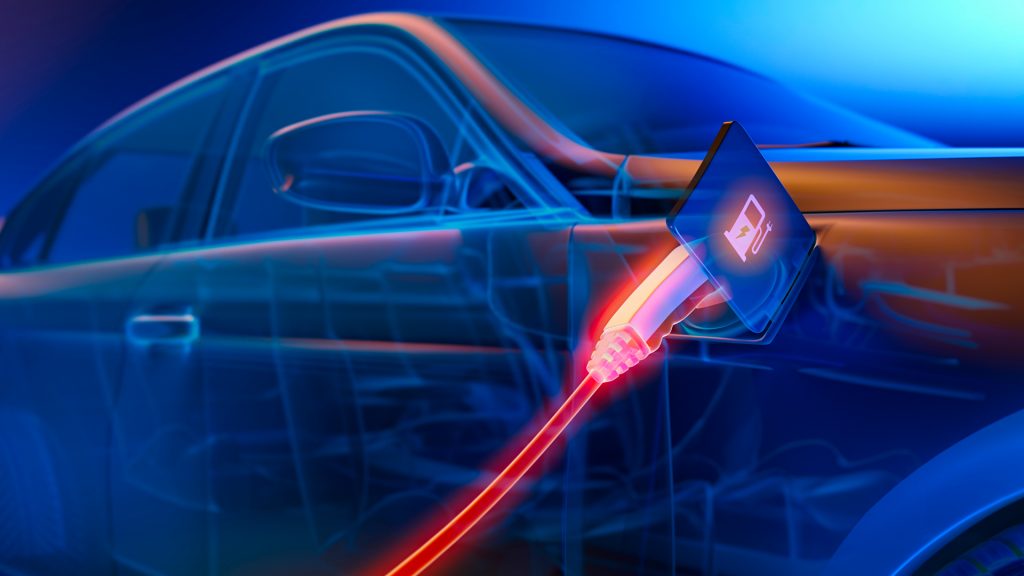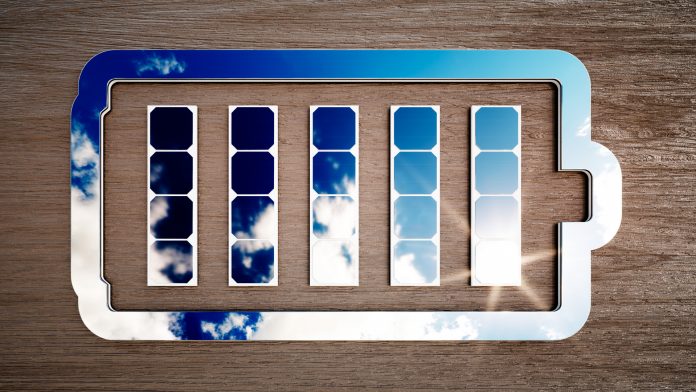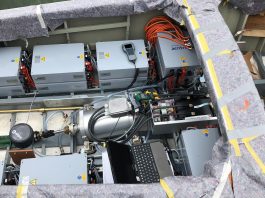David Weight, past President of the Cobalt Institute (CI), speaks to Innovation News Network about cobalt’s role in the green energy transition.
The uses of cobalt are as diverse as they are enduring. First isolated as a metal in 1739, cobalt has formed the cornerstone of many essential applications that are in operation today, from alloys used in jet turbines, hard metals and orthopedic implants to clean fuels, the inks and pigments applied to pottery, enamel, and glass. It is also the active constituent of vitamin B12 and so is essential for health and vitality in humans and animals. But perhaps the most significant use of cobalt, as the world develops more sustainable energy solutions, is as a raw material in rechargeable batteries. More than 50% of the cobalt produced globally today is found in rechargeable batteries, namely those used in portable devices, stationary applications, and e-mobility. As electric modes of transportation continue to evolve, the demand for battery commodities like lithium-ion and cobalt is set to increase and with that, concerns over whether there are sufficient amounts available.
The Cobalt Institute (CI) is a non-profit trade organisation which promotes the responsible and sustainable production and use of cobalt in all forms. The Innovation Platform’s Lorna Malkin spoke to the CI’s past President, David Weight, about the growing importance of cobalt in the renewable energy market and why this metal, and others, will play an essential role in the green energy transition.
How is cobalt currently sourced?
It is important to realise that over 90% of cobalt is produced as a by-product of large-scale copper and nickel mining. The only small exception to this is Managem’s Bou-Azzer mine in Morocco, which mines cobalt as a principal metal from a polymetallic sulphide ore. The majority of cobalt (~70%) comes from the Democratic Republic of the Congo (DRC) as a by-product of large-scale copper mining and there is a proportion produced through artisanal and small-scale mining operations too; this activity is perfectly legal and often at subsistence level, but very poorly regulated. All in all, the large-scale mines, particularly those in the western jurisdictions, operate to standards of international best practice and have very well-established ECG programmes. As such, these mines will have environmental stewardship, occupational health and safety etc., and will be highly regulated. Over the last 30 or 40 years, there has been a much bigger push for sustainable mining practices, and you will see from the larger mining companies that within their Entreprise Générale du Cobalt (ECG) obligations there are sustainable performance requirements that must be adhered to. The sustainable performance of the larger copper and nickel producers will also be measured by international metrics and it is expected of them that they validate their performance independently and transparently, too. The greatest concern at the moment for cobalt, and indeed all metals and minerals, is that they are responsibly and sustainably sourced and used.
Responsible sourcing means that when you source your raw material, you know who has provided it and that it is being produced in an ethically acceptable way. Issues around sustainability are constantly addressed and improved because globally, the environmental footprint of any product must be measured to assess its environmental impact through its life cycle.
How important is cobalt in the renewable energy market as we move towards carbon neutrality?
At the moment, it is bordering on the essential. We must look at this in a broad context because, in the first instance, there is a paradigm shift occurring from the internal combustion engine to electric mobility, driven by the global desire to decarbonise global economies. The huge shift from the horse-drawn carriage to an internal combustion engine, for instance, is similar to the change we are going to see from internal combustion engine to the rechargeable batteries used for electric mobility; it is going to be a huge disruptive transition. The world is going to wean itself off fossil fuels and look more towards renewable energy, and that is only possible with a certain suite of energy metals, and rare earth elements.
The lithium-ion battery has changed the game enormously, it is permitting electric mobility, and the majority of lithium-ion batteries contain cobalt, including lithium-nickel-manganese-cobalt-oxide (NMC) and lithium-nickel-cobalt-aluminium-oxide (NCA) batteries. The batteries that have the highest specific power density and specific power capacity are those containing cobalt. Without access to this whole suite of metals, and cobalt is very important amongst them, there will be no energy transition.
What are the main challenges that need to be overcome to establish a circular economy for batteries? And what advantages does cobalt offer here?
There is a big push globally for a truly circular economy, and all metals and minerals are moving in that way. Metals in general are ideal for the circular economy because you only ever use that metal in a process or product, it is never consumed. In theory, it is therefore infinitely recyclable. Metals fit the circular economy model incredibly well.
For cobalt, and indeed other metals, the key thing is that the world wants to reduce its demand for primary raw materials. It then wants those raw materials to go into smart products and, moreover, for those products to be produced more efficiently and to be reusable, repairable and recyclable, so that the overall environmental impact of that product is minimised. A product’s environmental footprint will ultimately have a huge impact on whether consumers want to buy it. Consumers want to know they are procuring products which have the lowest environmental footprint. Adopting the circular economic model means that you end up with less waste; you want to then recycle as much of that waste as possible and only the bare minimum should ever go back into the environment which reduces the need for primary raw materials. All metals thus have a very big part to play in the circular economy because they are (potentially) infinitely recyclable, and that is perhaps one of the reasons that they are so important for the energy transition.
In terms of the growing demand for cobalt-based batteries, what do you think the predominant applications will be?
It is important to remember that the modern cobalt market is quite well-established, going back to the 1920s when high-performance alloys first came on the scene. If we ignore the effects of the COVID pandemic, which has obviously impacted the industry, the traditional cobalt market is still there. Before batteries came along, cobalt was used mainly for metallurgical purposes; for high-performance alloys – the so-called ‘super alloys’ – that are used in jet engines, for instance, or for prosthetic implants and hard metals for industrial cutting and grinding. Cobalt is also used as a catalyst for producing clean fuels as well as in the textiles industry to produce Purified Terephthalic Acid (PTA) or mass-produced plastics for molding. Cobalt is involved in virtually everything to do with product finishing, whether it is the ultimate finish on your smart phone or laptop or in vitamin B12, which is essential for health and vitality.
Since the turn of the century, we have started to see the emergence of powerful rechargeable batteries, and now these batteries account for around 60% of the cobalt market, and that will grow. People are starting to recognise cobalt as a vital material and thus questions start to arise about how it is sourced and if there is a sufficient supply available. Post COVID-19, we expect the market for cobalt batteries grow quite significantly, and even the traditional cobalt market to continue to grow too, by around 5% per year. The World Bank had suggested that the demand for cobalt could increase by nearly 500% by 2050 to meet clean energy demands, and that really is a big challenge for this material. Cobalt is not a primary metal as we must rely on the supply of copper and nickel to extract the cobalt, so it is a rather complex situation. There is concern as to whether cobalt can meet the demands posed by clean energy technologies, and so we need to understand how much cobalt can be made available. If we look a few years down the line, demand is going to increase significantly so we have to be very aware of how the industry can respond. One possible solution that has garnered some excitement is deep sea mining.

Metals in general are ideal for the circular economy because you only ever use that metal in a process or product, it is never consumed. In theory, it is therefore infinitely recyclable. Metals fit the circular economy model incredibly well
Can you explain any initiatives that will help ensure this demand for cobalt can be met, and met sustainably?
There are numerous companies who are suggesting that they are moving towards cobalt production, but they are relatively small tonnages. The larger volumes of cobalt are produced in the DRC, so it is a question of whether the DRC can expand its production of copper (and, indeed globally the nickel production). To increase the supply of cobalt, the nickel and copper markets must be functioning well; cobalt is not found in every nickel and copper deposit. Largely speaking, deposits are found in Central Africa, Russia, Canada, Australia, and Indonesia and, as previously mentioned, there is excitement around other opportunities for sourcing cobalt such as deep sea mining.
What developments have there been in terms of new cobalt battery technologies?
Overall, some 65-70% of the batteries on the market contain cobalt, and there are other chemistries. It depends on the applications and the technological developments, of course, because the chemistry of these batteries is changing and developing all the time. The rechargeable batteries that we had ten years ago are probably just a shadow of what they are today in terms of performance. As there are questions arising over cobalt supply, automotive companies are concerning themselves with looking for alternatives.
There is a poignant story dating back to the late 1970s, when the Copperbelt in what was Zaire at the time, now the DRC, tried to secede from the rest of the DRC which led to a civil war. Even then, Zaire (DRC) were the largest producer of cobalt, and that frightened the market because its cobalt supply suddenly stopped, and because of this engineers tried to look for alternatives to cobalt for their high-performance alloys and catalysts. Ironically, they found more uses for cobalt as a result, so it never really impacted the market.
I believe we will see the same development with the cobalt market moving forwards. There is a range of different chemistries that can be used, the optimum being cobalt containing chemistries due to their high current density and energy capacity. Lithium-ion phosphate batteries are also available, which are less price sensitive and contain materials which are more readily available, though they do not enjoy the same capacity as cobalt containing lithium-ion batteries, so you have to adapt. There is plenty of room in the growing market, and there is a range of different chemistries, so it will be a real mix as we go forward. Solid state batteries will probably be the next big move but that is someway down the line. It is performance that normally wins in the end and cobalt enables high performance in batteries.

There is concern as to whether cobalt can meet the demands posed by clean energy technologies, and so we need to understand how much cobalt can be made available
Which other battery materials do you think will contribute to the green energy transition?
It is difficult to say in what capacity cobalt will be used in far future applications, but I think it is going to be terribly important over the next 30 to 40 years. There is a whole range of different chemistries in development. Lithium-ion batteries were first developed in the 70s, but it took over 30 years for them to become the market-leading battery technology we know today. Cobalt is a technology-enabling metal, so it is expected to have a part to play in the overall green energy transition, but it will take a suite of metals, and there will be no energy transition without them.
David Weight
Past President
Cobalt Institute
CI@cobaltinstitute.org
Twitter @CobaltInstitut
https://www.cobaltinstitute.org/
Please note, this article will also appear in the sixth edition of our quarterly publication.









